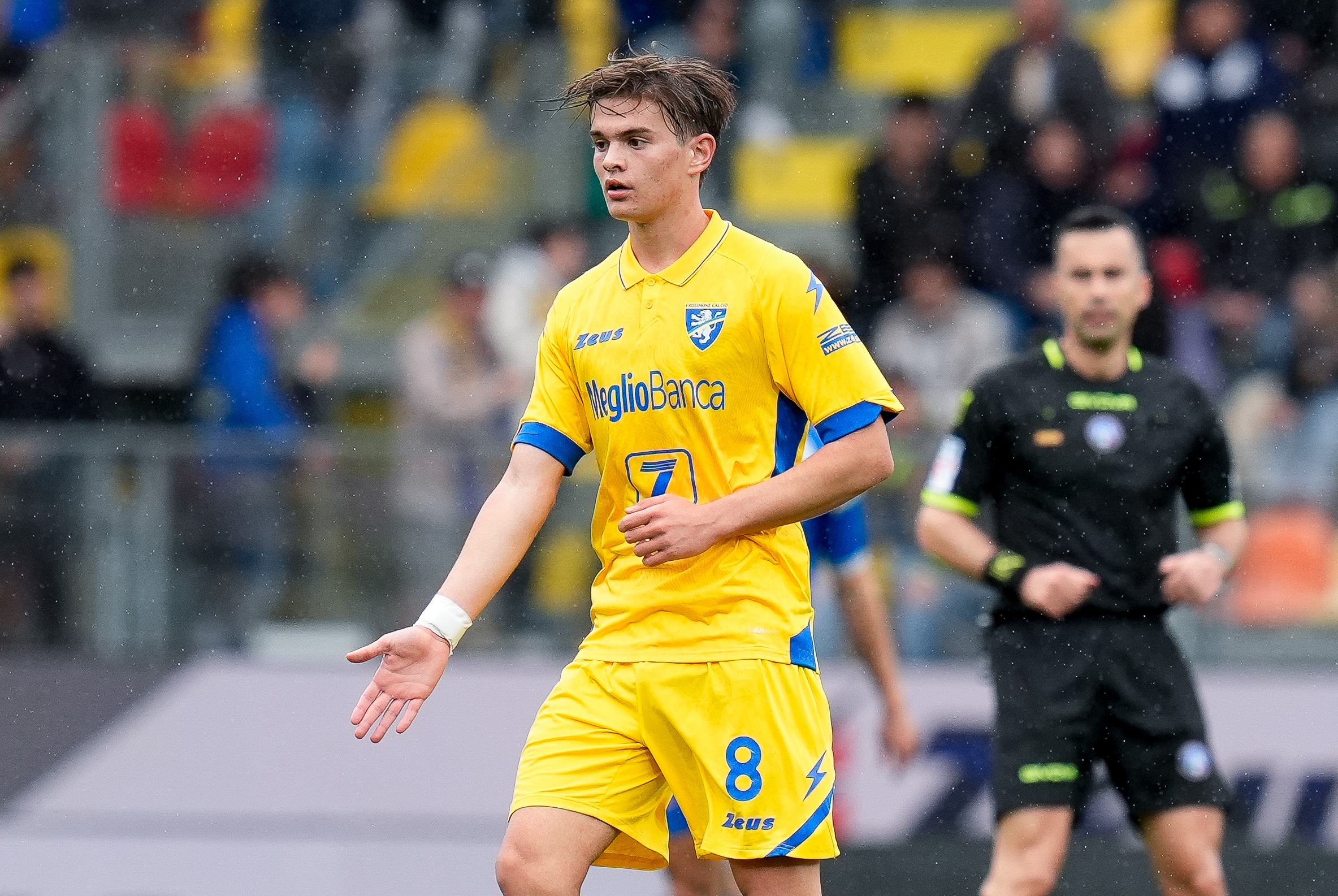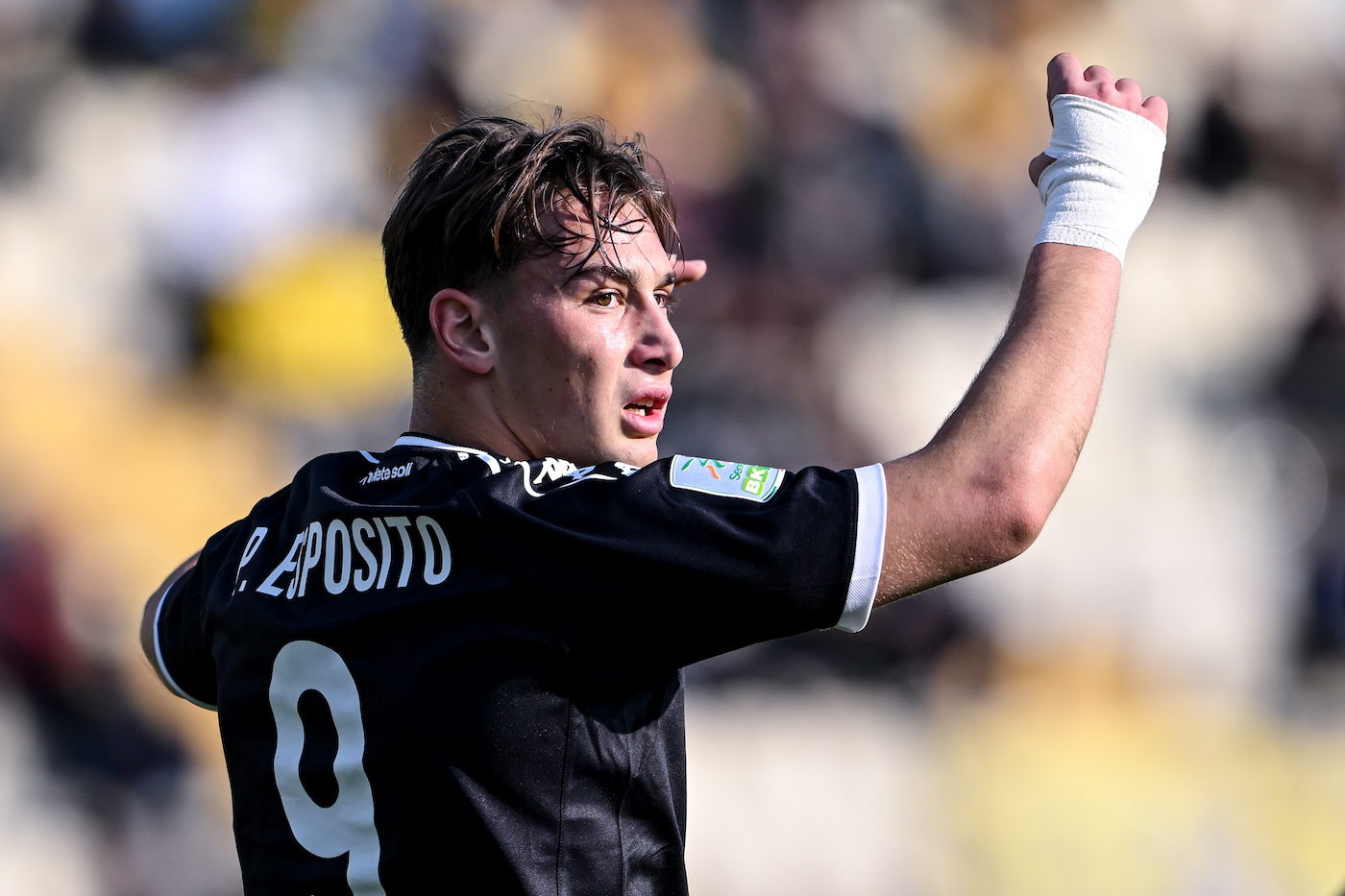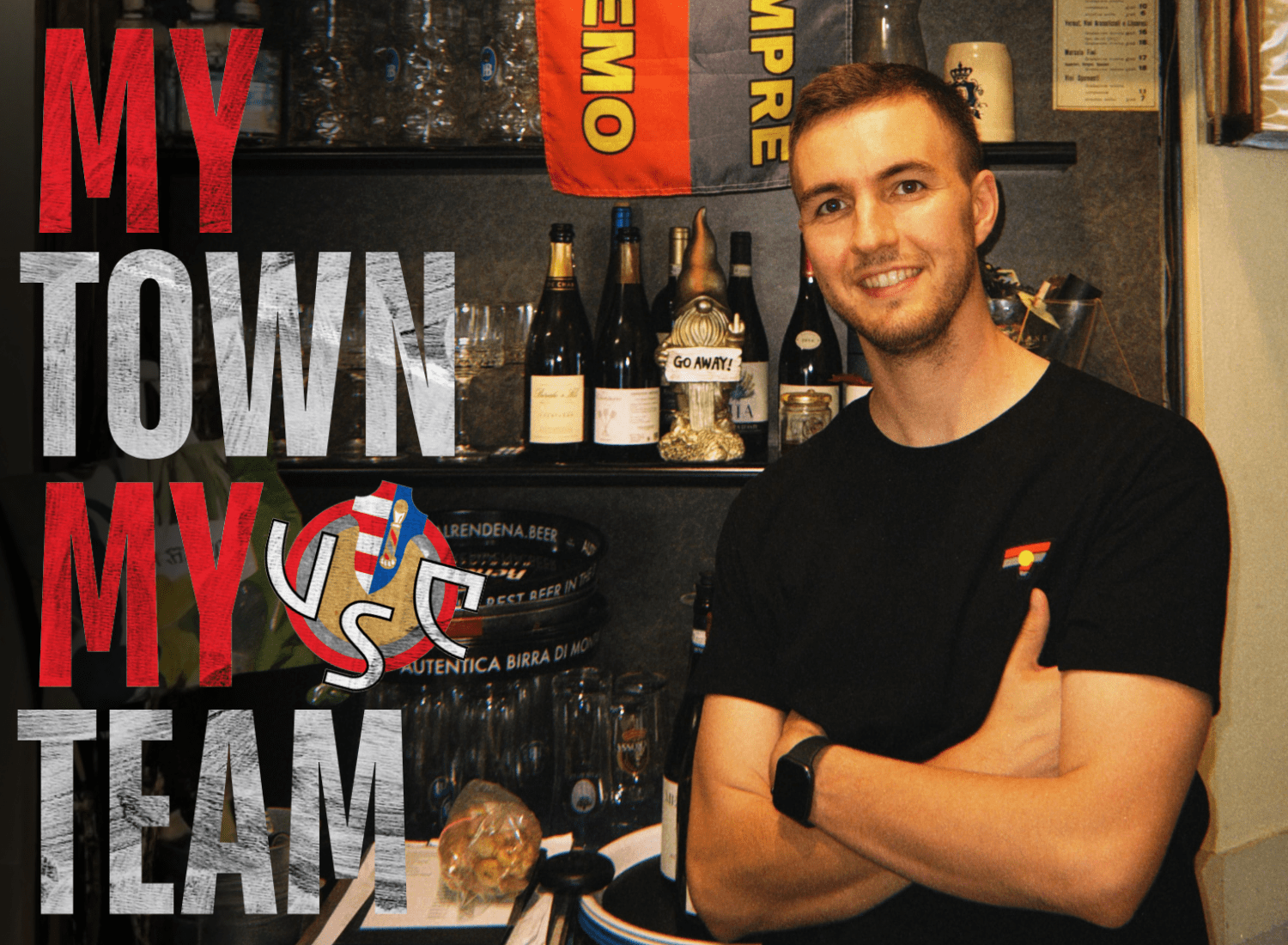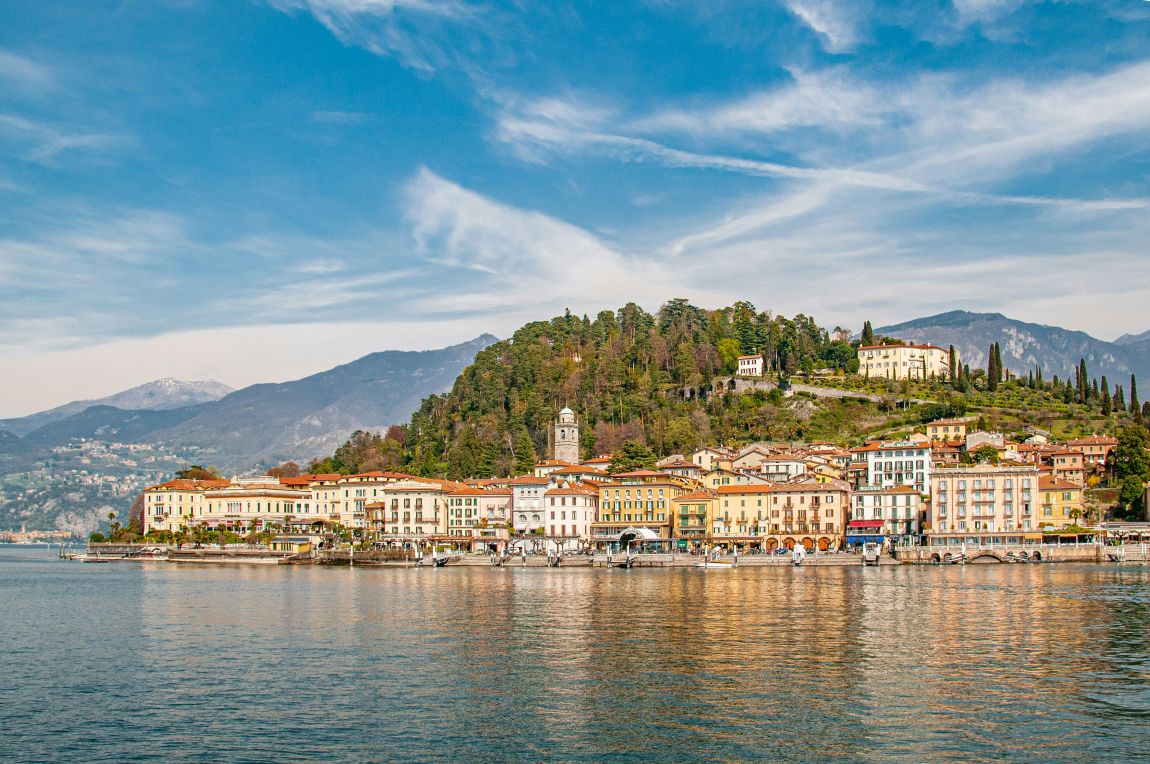
Time to Shop Local: Why Do Serie A Clubs Continue to Ignore Serie B Talent?
By Dan Cancian
Do the names Isak Vural and Mateus Lusuardi ring a bell? If not, they should. The duo, a central midfielder and centre-back respectively, left Frosinone for Pisa this summer for a combined fee of just over €7million (£6m).
So far, so unremarkable one may think. Except that of the 598 players who featured in Serie B last season, Vural and Lusuardi are the only two to have been signed as new players by a Serie A club for a fee this summer. And to a newly-promoted club, no less.
The likes of Francesco Pio Esposito and his brother Salvatore left Serie B for Italian football’s top flight but only after returning to Inter Milan from their loan spells at Spezia, while their former team-mate Nicolo Bertola also left Liguria for Udinese as a free agent.
Similarly, Gennaro Borrelli and Patrick Nuamah left Brescia on a free transfer to join Cagliari and newly-promoted Sassuolo respectively.
Elsewhere, Marco Brescianini and Luca Mazzitelli left Frosinone for Atalanta and Como respectively for a combined €12m (£10.5m) but they had spent last season on loan at the two clubs.
The same applies to Grigoris Kastanos, who left Salernitana for Hellas Verona, where had spent last season on loan, while Catanzaro duo Jari Vandeputte and Andrea Fulignati also made their loan moves to Cremonese permanent.
At the same time, the phenomenon is not exclusive to Italy.

So far, only two players have swapped the Championship for the Premier League for a fee this summer, with Romelle Donovan joining Brentford from Birmingham for £3.1m and Burnley signing Zian Flemming from Millwall for £7.2m.
Brighton, meanwhile, snapped up Tom Watson from Sunderland for £10.5m but only after the Black Cats had toasted promotion back to the top flight.
But the scarcity of players moving up from calcio’s second tier is a worrying trend for a division that has long cast itself as a shop window for Italian talents and younger players struggling for opportunities in the top flight.
According to data from Transfermarkt, of the 125 signings Serie A clubs have completed so far – including loans and players signed on a free transfer – 51 have come from clubs outside Italy.
It is a worrying statistic for Serie B, a league where clubs are struggling to stay afloat, resources are dwindling, and the gap from even the smaller Serie A teams is becoming increasingly evident.
Instead, the transfer market spells out a brutal reality for Italian football’s second division. What’s the point of developing so many talents if no one is prepared to invest in them?
In an ideal world, Serie B should be a springboard to Serie A not just for teams but for players too. While it may annoy some to see the second tier as a developmental league, it stands to reason that selling players on would represent a significant revenue streams for clubs that too often struggle to make ends meet.
What was once a gap between the bottom of Serie A and the upper echelons of Serie B has grown to a chasm, from a financial perspective.
Serie B’s current TV rights deal with DAZN is worth around €13m per year over the next three years, a drop in the ocean compared to the €900m the DAZN-Sky partnership has paid for Serie A TV rights for the five-year period 2024-2029.
The value of the Serie B TV rights is also marginal when compared to €75m that Serie A paid into the division’s coffers last season within calcio’s so-called “mutuality framework”.
Introduced in 2008 by the Melandri Law to ensure sustainability across Italian football, the rule stipulates 10% of the amount Serie A receives from TV rights must trickle down the calcio pyramid.
For the 2023-24 season, this figure stood at €130m, of which approximately €75m went into Serie B, with €27m to the Lega Pro and €13m each to the National Amateur League and the FIGC (the Italian FA).
Running a club in Serie B means swimming against the financial tide.

According to a report from Calcio e Finanza released in March, relegation to the second tier results in a 24% drop in annual turnover on average to €37m, while costs remain stable and losses after taxes go from an average of €9.6m a year in Serie A to €11.6m in calcio’s second tier.
Serie B clubs also face a 19% shortfall despite the parachute payments. In layman’s terms, the income drops drastically, while the expenses remain broadly unchanged.
It will take more than selling players to reverse the direction of travel in Italian football, but reigniting the domestic market would be a major step forward.
I
Related Articles
Related Articles
We get a local take on what's hot in Cremona - where to eat and drink, sights to see and handy hints that might not be in the tourist guides.
The Artemio Franchi will always be the main reason calcio fans head to Florence but there is one other thing that must be on the to-do list.
After the final whistle is blown at Stadio Giuseppe Sinigaglia, there is no better place to unwind than Bellagio.




